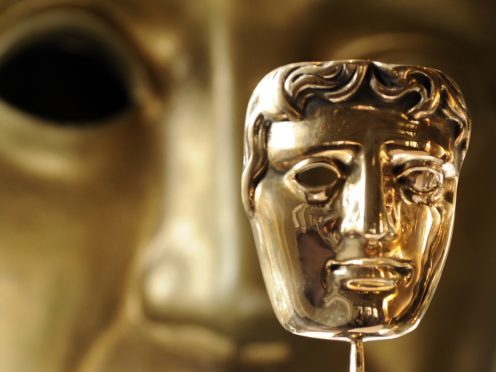Bafta is creating a new category to recognise a young performer at its upcoming Children’s Awards.
A new set of rules for the awards – which have celebrated the best in children’s media since 1996 – has been unveiled following an annual review.
Changes include the introduction of a Young Performer category for under 18s. The existing Performer category will be for over 18s.
The current Learning categories will be combined into one award, Content For Change, which rewards content that has a distinct learning or social message for well-being at the heart of the programme.
A new award for Single Programme will be added, with animation, live action and scripted work being eligible.
A Director category across all genres will also be introduced, alongside the existing craft category for Writer.
All platforms that are commissioning content are able to enter the awards. The renamed Channel category (previously Channel Of The Year) is open to all platforms, whether online or traditional broadcasters.
The International category will be expanded to International Pre-School, International Animation and International Live Action.
Emma Baehr, Bafta’s director of awards and membership, said Bafta hopes the changes “will help us stay ahead of the ever-changing children’s media landscape”.
“As the nation’s viewing habits continue to evolve, we’re keen that our awards showcase this vibrant creative sector,” she said.
“We’re especially pleased to announce the introduction of our new Young Performer category, which gives us the opportunity to highlight the incredible contribution young people themselves are making to children’s programming.”
Details of the new rules and key dates for the awards are available at
http://awards.bafta.org/entry
.
The British Academy Children’s Awards will take place on November 25, 2018 and are now open for entries.
